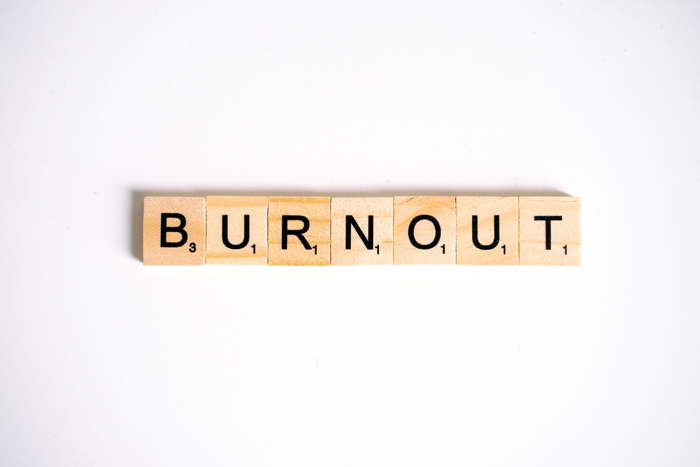We all know employee burnout is real. Years ago, employee burnout was more visible when most of us worked in offices and saw each other face-to-face five days a week. It was easy to see who was on the verge of being burned out…typically those co-workers with overflowing inboxes who arrived early and stayed late. It was often those with the biggest workload, largest amount of responsibility, or who managed areas with large amounts of turnover.
Our work world has evolved throughout the pandemic and will continue to do so. In-person work, remote work, and hybrid schedules mean employees are empowered with the choice of how they work like never before. And, as you have undoubtedly noticed, some employees thrive working remotely, and others struggle to blend their work and home lives in one physical location. Employers should take note, because this is your opportunity to match every employee with a job that not only makes the most of his/her talents, but also how (and often when) that employee wants to work.
Despite this enormous shift in the world of work, employee burnout is going to happen no matter what. Here are the signs your employees may be burning out.
Burnout Sign #1 – Less Engagement – Your workplace may look quite different than it did two years ago. With increased remote work and staggered schedules it’s easy for employees to feel left out.
Burnout Sign #2 – Decreased Productivity – It’s natural for employees to feel less focused when working from home due to the countless distractions, planned or unplanned. Similarly, others may thrive in this environment.
Burnout Sign #3 – Diminished Enthusiasm – Fewer successes to share or celebrating another’s accomplishments may be due to less face-to-face time. It may also have to do with the challenges of managing a family and a career from the same location.
What to Do About Employee Burnout with Your Remote Workforce
- Foster a sense of teamwork. Even remote workers should not work in silos. Encourage (or require) the introverts to play an active role in team projects. Tell them what their contributions mean, both publicly and privately. This is especially important for remote workers, who may feel isolated.
- Check in more frequently. More specifically, check in offline more frequently. Not every call has to be on video. In fact, when you do get everyone together online it may feel more special to see those faces you haven’t seen in a while. Your one-on-one check-ins don’t need to be more than five minutes long. A quick call with an update from the leadership team, or an “I was thinking of you” moment both work well here. It’s important to note it’s a check IN, not a check UP. Calling your employees and not expecting a progress report is a good idea every so often.
- Identify new responsibilities. Maybe you have an employee who uses all the remote tools like a breeze. Let that person take the lead in making sure others’ settings and notifications are where they’d like them to be. This also takes the heat off of you trying to play the role of the help desk. Leave it to those who love it.
Burnout is going to happen. However, right now the signs may not be as visible as they were before. Be an active leader and pay attention to your staff to support them in the way they need it. Be flexible and use all your empathy skills. Your employees will appreciate it.


